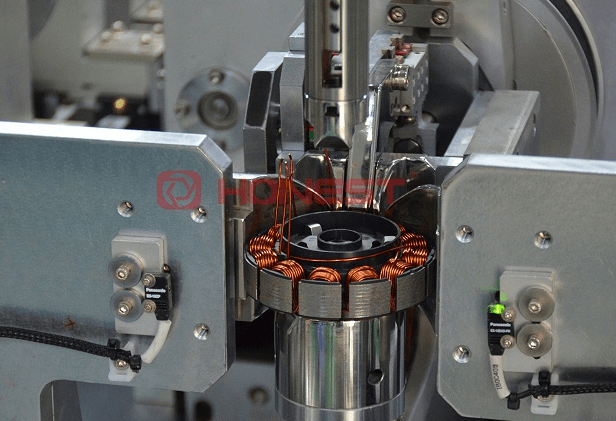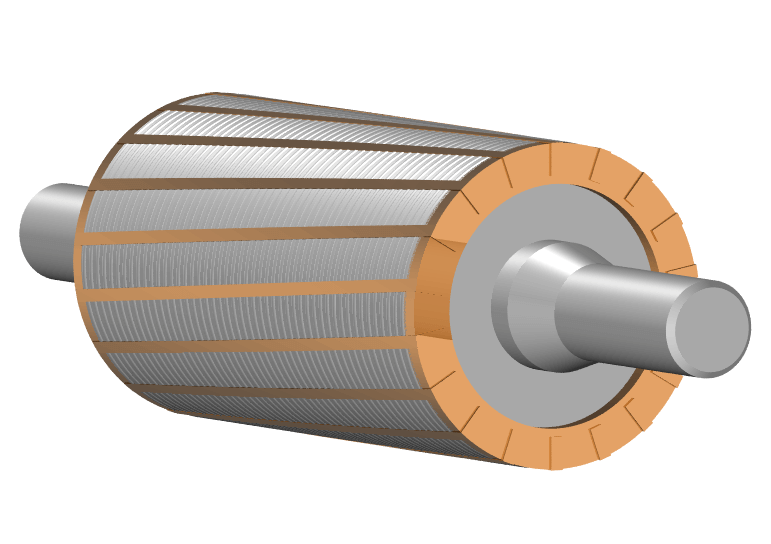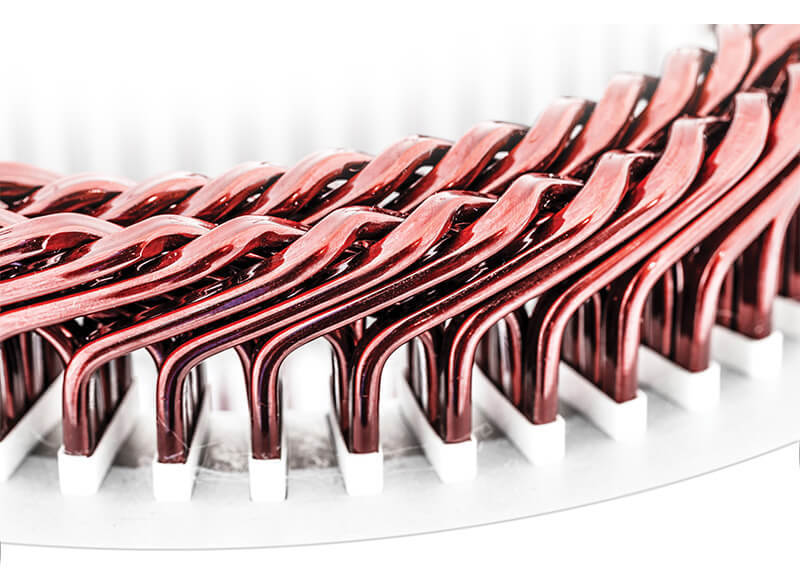
News Center
Key Design Considerations for the Battery Liquid Cooling System
Published on.
2024-07-04 17:46
Source
With the rapid development of the new energy automotive industry, the safety and performance of power batteries have become key considerations in design. The battery liquid cooling system, as one of the key technologies for battery thermal management, ensures that the battery operates at the optimal working temperature through efficient heat dissipation, which is of great significance for improving battery performance, extending life, and ensuring safety.
A. Batter Cooling Methods - Air Cooling VS. Liquid Cooling
The main battery cooling methods currently available are air cooling and liquid cooling. Air cooling systems are divided into active and passive based on whether additional equipment is used. Active air cooling preheats or cools the external air before it enters the battery system, while passive air cooling directly utilizes external air for heat transfer. Air cooling systems have a simple structure and low cost, but their heat dissipation efficiency is limited and cannot meet the cooling needs of high-power batteries.
Liquid cooling systems use circulating coolant to carry away the heat generated by the battery, offering high heat dissipation efficiency and good control accuracy, making them suitable for high-power batteries and high-density battery packs. The heat dissipation of liquid cooling systems can effectively provide battery efficiency, stability, and overall durability.
B. Working Principle of the Battery Liquid Cooling System
The working principle of the battery liquid cooling system mainly involves circulating coolant to absorb and remove the heat generated by the battery, thus maintaining the battery within a suitable operating temperature range. Here are the detailed steps of operation:
Circulation of the coolant: The system includes an electric coolant pump that is responsible for delivering the coolant to the battery modules. When the ambient temperature rises or the battery temperature reaches a preset safety threshold, the cooling fans and the electric water pump will automatically start, driving the circulation of the coolant within the system.
Heat Exchange: During the circulation process, the coolant absorbs the heat generated by the battery. When the temperature of the coolant rises to a certain level and can no longer effectively cool the battery, it will further reduce the temperature through the coolant refrigerant heat exchanger (i.e. the cooling unit).
Temperature Control Measures: The system is also equipped with temperature control measures, such as three-way solenoid valves and electronic water pumps, which adjust the pump speed according to the control of the vehicle’s CAN bus to control the cooling efficiency. When the BMS detects that the temperature of the power battery exceeds the set threshold, the three-way solenoid valve will open the water path to the power battery for large-cycle cooling.
This liquid cooling technology not only has high heat dissipation efficiency but also provides a better heat dissipation balance, effectively extending the battery’s service life and enhancing overall performance.
C. Components of the Battery Liquid Cooling System
The battery liquid cooling system mainly consists of the following components:
Coolant: The coolant is the medium of the system, used to absorb the heat generated by the battery and transfer it outside the cooling system. Commonly used coolants include water, ethylene glycol solutions, fluorinated coolants, and so on.
Coolant Pump: It is responsible for providing power to circulate the coolant within the system. The selection of the pump should consider flow rate, head, efficiency, and reliability.
Cooling Plate: The cooling plate is the core heat exchange component of the coolant, usually made of high thermal conductivity materials such as aluminum alloy or copper alloy. The cooling plate is installed on the surface of the battery and is responsible for transferring the heat generated by the battery to the coolant. Its design should meet the requirements of lightweight, high thermal conductivity, and good mechanical strength.
Coolant Circulation System: It is composed of water pumps, pipes, valves, and so on. It is responsible for delivering the coolant to the cooling plate to absorb heat and then transporting it outside the cooling system for heat dissipation.
Radiator: It is responsible for dissipating the heat in the coolant to the environment, usually made of aluminum or copper materials, with a large surface area to improve heat dissipation efficiency. The main types of radiators include air-cooled radiators, water-cooled radiators, and condensers.
Control System: It includes temperature sensors, controllers, and actuators. It is responsible for monitoring the battery temperature, controlling the flow and temperature of the coolant, and ensuring that the battery operates within in the appropriate temperature range.
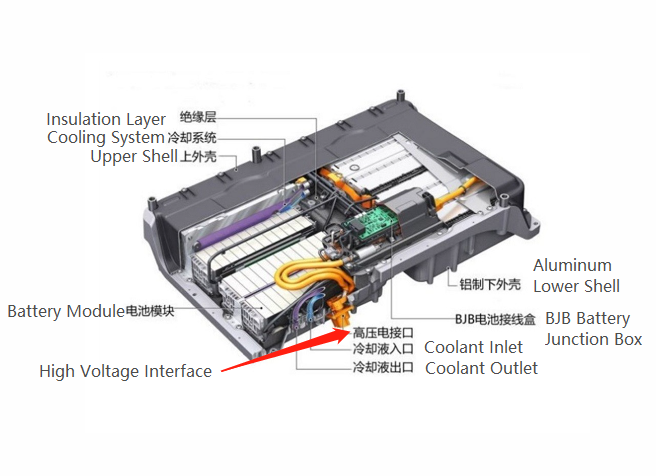
D. Advantages of Battery Liquid Cooling Systems
The battery liquid cooling system has the following advantages:
High Heat Dissipation Efficiency: The heat dissipation efficiency of the liquid cooling system is much higher than that of the air cooling system, capable of meeting the heat dissipation requirements of high-power batteries.
Good Control Precision: The cooling effect of the liquid cooling system can be finely controlled by adjusting the flow and temperature of the coolant, ensuring the battery operates within a more uniform temperature range.
Strong Application: The liquid cooling system is suitable for various types of batteries and battery packs, meeting the heat dissipation needs of different application scenarios.
E. Key Design Considerations for the Battery Liquid Cooling System
When designing a battery-cooling liquid cooling system, the following key design considerations should be taken into account:
System Requirement Analysis
·Battery Characteristics: Understand the thermal characteristics of the battery, including the maximum heat generation rate and operating temperature range.
·Environmental Conditions: Consider extreme temperature conditions during vehicle operation, as well as potential vibrations and impacts.
Cooling Plate Design
·Material Selection: Choose materials with high thermal conductivity, such as aluminum or copper alloys, for efficient heat transfer.
·Structural Design: Design the flow path layout of the cooling plate to ensure the coolant is evenly distributed and covers all battery cells.
·Mechanical Strength: Ensure the cooling plate can withstand mechanical stresses during installation and operation.
Coolant Selection
·Thermal Conductivity: Choose a coolant with high specific heat capacity and thermal conductivity, such as ethylene glycol water solutions or fluorinated coolants.
·Chemical Stability: Ensure the coolant does not undergo chemical changes over long-term use and does not react with the battery or cooling system materials.
Circulation Pump and Pipeline Design
·Circulation Pump: Select an efficient, low-noise circulation pump to ensure stable coolant flow within the system.
·Pipeline Design: Design a reasonable pipeline layout to reduce pressure loss and flow resistance while ensuring system compactness.
Heat Exchanger Integration
·Efficiency: Design an efficient heat exchanger to achieve effective heat exchange between the coolant and the external environment.
·Compactness: Design a compact heat exchanger within limited space to meet the layout requirements of the vehicle.
Sealing and Leak Prevention Measures
·Sealing Materials: Choose sealing materials suitable for the coolant and operating temperature to prevent leaks.
·Connector Design: Use reliable connector designs to ensure the sealing of the entire system.
Control System Integration
·Temperature Sensors: Place temperature sensors in the battery and cooling system to monitor temperatures in real time.
·Control Strategy: Develop intelligent control algorithms to adjust the coolant flow and fan speed according to battery temperature.
Safety Features
·Over-Temperature Protection: Design an over-temperature protection mechanism to prevent battery damage due to overheating.
·Pressure Relief: Set up a pressure relief mechanism to deal with abnormal increases in internal system pressure.
Durability and Reliability
·Long-Term Testing: Conduct long-term cyclic tests to ensure the durability and reliability of the system under various conditions.
·Fault Diagnosis: Integrate a fault diagnosis system capable of quickly locating and solving problems.
Cost and Weight Optimization
·Cost Control: Optimize the design to control costs while meeting performance requirements.
·Lightweight Design: Use lightweight materials and designs to reduce the overall vehicle weight and improve energy efficiency.
Environment Adaptability
·Temperature Adaptability: Ensure the system can operate normally under extreme temperatures.
·Corrosion Resistance: Design a corrosion-resistant system to adapt to various environmental conditions.
Maintenance and Serviceability
·Maintainability: Design a system that is easy to maintain, simplifying the troubleshooting and component replacement process.
·Modular Design: Use modular design for quick component replacement and service.
Design Considerations
·Minimize Thermal Resistance: Design to minimize the contact thermal resistance between the battery and the cooling plate to improve thermal conduction efficiency.
·Temperature Uniformity: Ensure temperature uniformity across all parts of the battery through the rational design of the cooling plate flow channels and coolant flow velocity distribution.
·System Reliability: The liquid cooling system needs to have high reliability to prevent issues such as coolant leakage and pump failure.
·Lightweight Design: Try to reduce the weight of the system while meeting performance requirements to improve the energy efficiency ratio.
When designing the battery-cooling liquid pump, considering the above factors comprehensively can help control costs while meeting performance requirements.
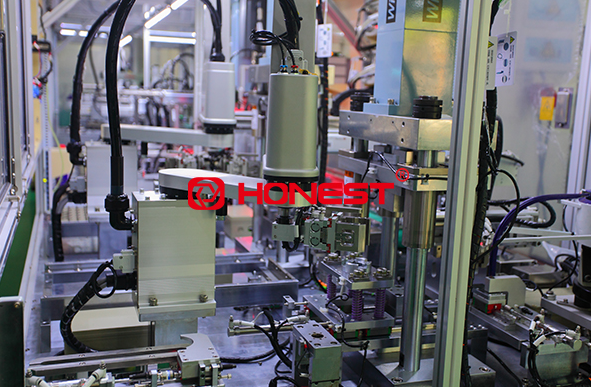
F. Future Development Trends of the Battery Liquid Cooling System
As battery and cooling technologies continue to advance, the battery liquid cooling system is expected to evolve in the following directions:
Higher Heat Dissipation Efficiency: By developing new types of cooling plates and radiators, the heat dissipation efficiency of the battery liquid cooling system will be further improved.
Reduced System Costs: Costs associated with the battery liquid cooling system will be lowered through optimized system design and the adoption of new materials.
Intelligent Control: Leveraging the Internet of Things (loT) and artificial intelligence technologies, intelligent control of the battery liquid cooling system will be achieved, enhancing the system’s efficiency and reliability.
In summary, the battery liquid cooling system is widely used for battery cooling, with advantages such as high heat dissipation efficiency, good control precision, and strong applicability. It is extensively applied in fields like electric vehicles, hybrid vehicles, and energy storage systems. With the development of battery and cooling technologies, the battery liquid cooling system will also move towards more efficient, cost-effective, and intelligent development.
G. About HONEST
HONEST is a professional manufacturer of motor production equipment, dedicated to providing high-quality products and services. If you have any inquiries or needs regarding motor production equipment, please feel free to contact us at any time.
Related News
